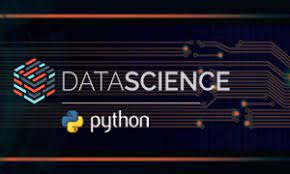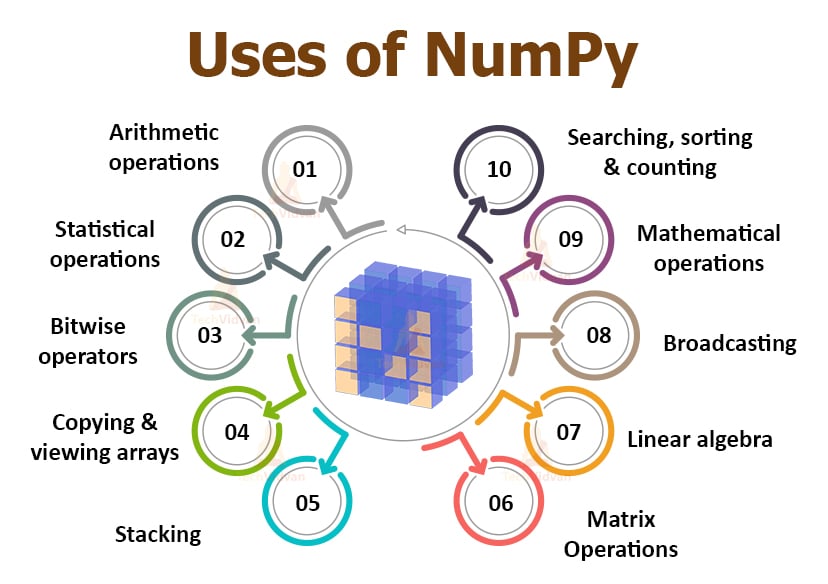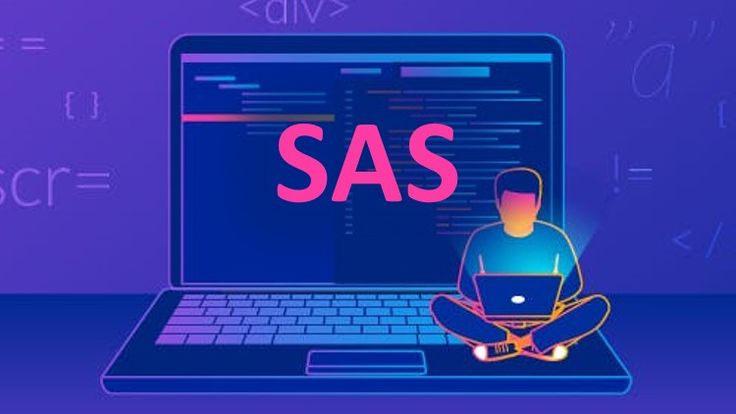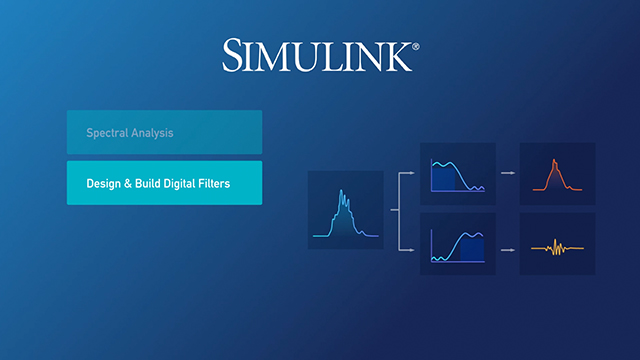Description
Introduction
Python is a versatile programming language widely used in data science and analytics for tasks such as data manipulation, analysis, and visualization. Geospatial data analysis, an essential aspect of modern analytics, involves working with spatial data to uncover insights and patterns. This training focuses on leveraging Python’s libraries like GeoPandas, Folium, and Matplotlib to analyze and visualize geospatial data effectively. Participants will learn how to process geographic information, create stunning maps, and solve real-world spatial analytics problems.
Prerequisites
- Basic knowledge of Python programming.
- Familiarity with data science concepts and workflows.
- Understanding of geospatial data and its formats (optional but beneficial).
- Python development environment with necessary libraries installed.
- Interest in working with maps and geographic information.
Table of Contents
- Introduction to Python for Geospatial Analysis
1.1 Overview of Geospatial Data
1.2 Importance of Geospatial Analysis in Data Science
1.3 Python Libraries for Geospatial Data - Understanding Geospatial Data Formats
2.1 Common Geospatial File Formats (Shapefiles, GeoJSON, KML)
2.2 Introduction to Coordinate Reference Systems (CRS)
2.3 Loading Geospatial Data in Python - Data Manipulation with GeoPandas
3.1 Introduction to GeoPandas for Spatial Data Handling
3.2 Reading, Writing, and Exploring Geospatial Data
3.3 Spatial Operations: Merging, Clipping, and Buffering - Visualizing Geospatial Data
4.1 Creating Basic Maps with GeoPandas and Matplotlib
4.2 Using Folium for Interactive Mapping
4.3 Customizing Maps with Layers, Colors, and Legends - Spatial Data Analysis Techniques
5.1 Performing Spatial Joins and Aggregations
5.2 Analyzing Patterns with Proximity and Distance Metrics
5.3 Identifying Clusters and Hotspots - Advanced Geospatial Visualization
6.1 Creating Choropleth Maps with Folium and GeoPandas
6.2 Visualizing Time-Series Geospatial Data
6.3 Animating Geospatial Data with Python - Integrating Python with GIS Tools
7.1 Working with QGIS and Python Plugins
7.2 Using Python with ArcGIS APIs
7.3 Automating GIS Tasks with Python - Real-World Applications of Geospatial Data Analysis
8.1 Geospatial Data in Urban Planning and Development
8.2 Mapping Environmental Changes and Natural Resources
8.3 Geospatial Analytics in Marketing and Logistics - Case Studies and Projects
9.1 Building a City Crime Heatmap
9.2 Analyzing Traffic Flow Patterns Using Geospatial Data
9.3 Creating a Disaster Impact Assessment Map - Best Practices and Tips for Geospatial Analysis
10.1 Optimizing Large Geospatial Data Sets
10.2 Ensuring Accuracy in Geospatial Analysis
10.3 Choosing the Right Visualization Tools(Ref: Predictive Modeling with Machine Learning using Python)
Conclusion
Python provides powerful tools for geospatial data analysis and visualization, making it an invaluable asset for data scientists and analysts. By mastering Python libraries like GeoPandas, Folium, and Matplotlib, participants can process and visualize geospatial data effectively, uncovering meaningful insights. This Python for Data Science &Analytics training equips you with practical skills to solve real-world spatial problems and make data-driven decisions in fields such as urban planning, environmental studies, and business analytics.











Reviews
There are no reviews yet.